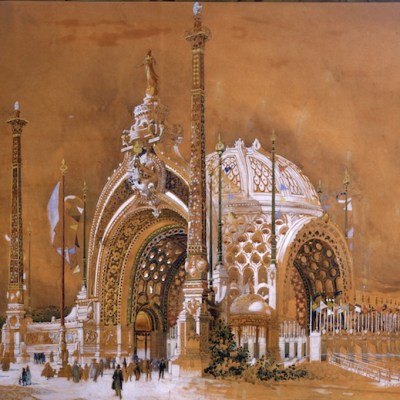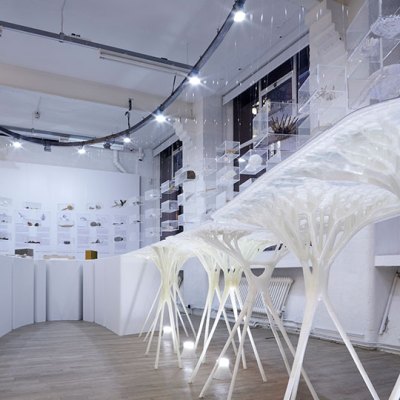Two months ago I ended a blog about MoMA’s packing up of the American Folk Art Museum with this thought: should it all go wrong, it could be reassembled as a kind of retrospective of itself. Now MoMA has a second lot of useless old building blocks on its hands.
Plans to rebuild a 19th-century Calabrese church in the courtyard of the MoMA PS1 were scuppered after its pieces were held at an Italian harbour for six months. The Italian artist Francesco Vezzoli (b. 1971) had bought the church over the internet, carefully taken it down, and intended to reassemble it in Queens, where he would screen video footage on its dilapidated façade. Locals of the Madonna del Carmine in the village of Montegiordano kicked up a fuss that it was being appropriated; police repossessed cases of stone at the port. It is now back in its birthplace, where it will be reassembled as a ruin.
This brings me back to the Folk Art Museum. Just as an environmentally conscious English foodie might boycott Peruvian asparagus or Chinese garlic, shouldn’t we have some sort of pseudo-environmental initiative to restrict the art-miles of this type of massive, expensive, news-guzzling, statement-making stuff? (Vezzoli’s church was part of a longer project called ‘Trinity’ – eurgh – which was vaguely about ‘glamour’. Well.) Couldn’t semi-precious footage be projected onto panels from the American Folk Art Museum, instead? It’s just over the river and it’s doing nothing.
The MoMA expansion and its coverage has generated a self-satirising black hole, or a programme for a terrible degree show. It seems a more lucrative prospect for top architects and artists to spend their time making absences rather than new work. The Italian baroque architect Borromini was felled by the ambition of his constructions; MoMA’s architects and courted artists are felled by the ambition of their deconstructions.
Related Articles:
Packing Up: MoMA’s plans for the Folk Museum’s façade (Jonathan McAloon)
Lead image: used under Creative Commons licence (CC BY-SA 2.5)



